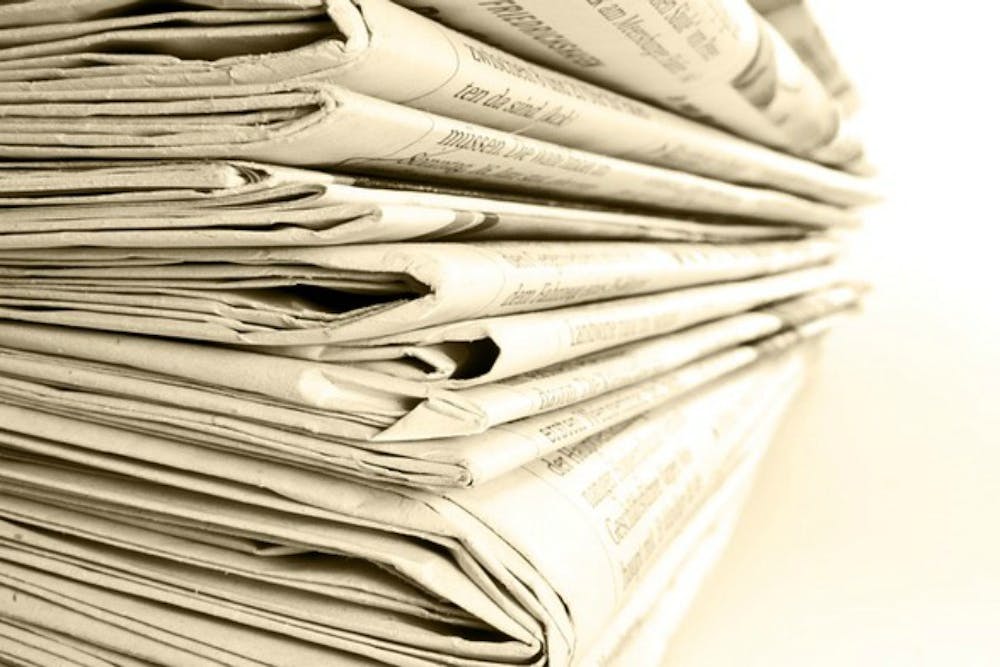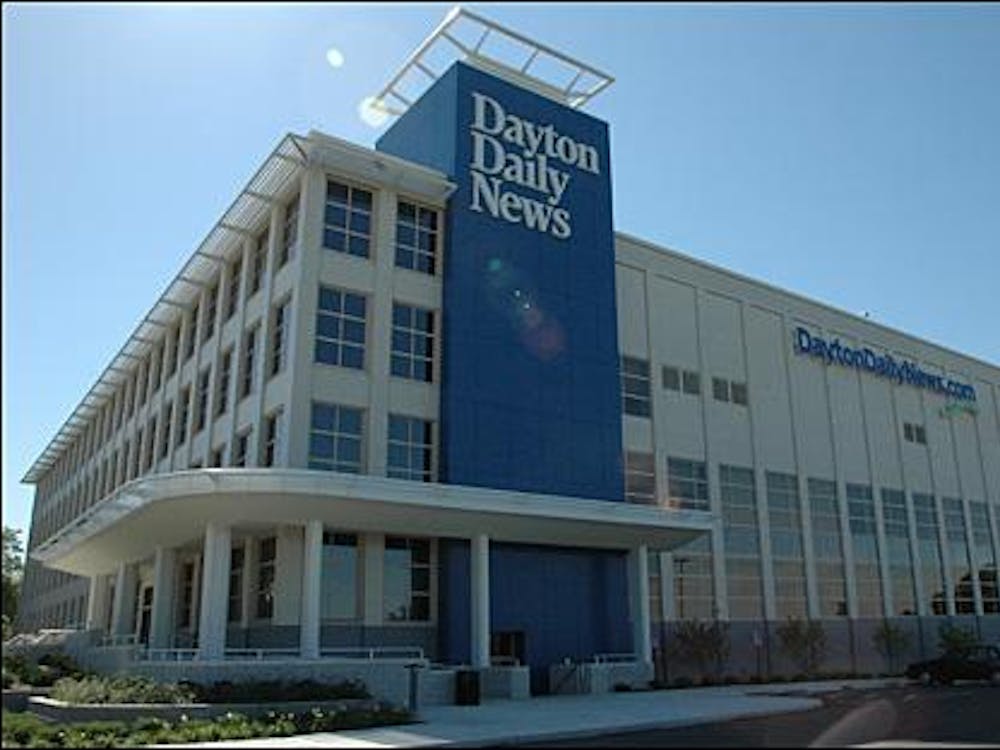By Greta Hallberg, Columnist
Everybody loves to talk about bias in the media. Politicians blame the "liberal media" for negative press, saying journalists are out to get them.
Partisan bias is the topic of many misguided media criticisms, but more concerning, at least to me, are the gender biases we see in the newsroom.
The average newsroom is 68 percent male and 32 percent female, according to an Indiana University study titled "The American Journalist in the Digital Age." As we know, the American population is 51 to 49, with slightly more women.
Clearly, the newsroom is not a reflection of the population. This can have consequences as to what the media covers. Journalists - and their editorial powers that be - assign stories based on the issues that interest or impact them.
Women, more than men, are interested in insurance coverage of contraceptives, maternity leave, the pay and achievement gap and other policies that directly affect women. A male editor, therefore, is probably less likely to assign reporters to cover women's issues simply because it isn't on the top of mind.
These blind spots in coverage mean the public lacks information about issues that extend beyond the demographic profile of the newsroom.
Government and the press have a notoriously complicated relationship that gets even more twisted when the politician is a woman. Female candidates are criticized for their appearance, questioned as unfit mothers as they try to take office and are characterized as bossy or bitchy.
With more women asking the questions, maybe we will get to hear about candidates' status on issues, not their work-life balance, questions that are rarely asked of men.
I have no statistical evidence to back this up, but my journalism classes are overwhelmingly female. There are fewer guys in my journalism classes. I highly doubt that those few guys are more talented or better reporters than their female counterparts and that that is what contributes to their increased presence in newsrooms.
In fact, I can prove that theory wrong. Look at our own newspaper. While the editor-in-chief is male, I counted 10 ladies on the list of editors and only six other dudes. The balance is in favor of women at our college paper - why doesn't this happen in the real world?
Why is it that women are underrepresented in the traditional newsroom?
Enjoy what you're reading?
Signup for our newsletter
Are women less interested in hard-hitting news by nature of their gender? I would venture to say no. As a woman with many female friends, I can safely assure you that girls are just as interested in what goes on in the world as guys, at least in terms of news consumption.
I've actually talked to a few of my girlfriends who are journalism majors here. Some of them want to be traditional journalists, seeking careers in print or broadcast. But, honestly, many of the women I know in the department want to write for lifestyle magazines or other media outlets that do not focus on hard-hitting news.
Don't get me wrong; there is a huge source of value in this kind of media. I personally prefer fashion magazines to supplement my daily news intake. But each member of my immediate family orders a different publication that focuses on our unique interests. I listen to human-interest podcasts in addition to regular newscasts.
People want to consume stories and information beyond the typical news and that is totally legitimate.
If differences in interest were truly the reason that we do not see women in the newsroom, we probably wouldn't see men either. They would be on ESPN, not CNN, which we know just is not true. Men make up the majority of talking heads on both channels.
In our current media landscape - where soft news and punditry are favored more than investigative reporting - we need journalists to fulfill the noble role of the fourth estate. We need smart and curious people to shed light on the wrongdoings of both the public and private sector. We need fearless writers to speak their mind and tackle difficult issues.
We need good reporters. And we need men and women to be them.




